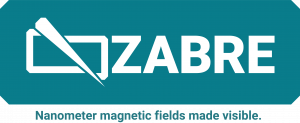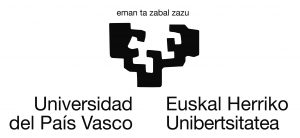Country
SpainHost institution

CIC nanoGUNE is a research center devoted to conducting world-class nanoscience research for a competitive growth of the Basque Country. NanoGUNE is a member of the Basque Research and Technology Alliance (BRTA) and is recognized by the Spanish Research Agency as a María de Maeztu Unit of Excellence.
The Nanodevices group, co-led by Prof. Luis E. Hueso and Prof. Fèlix Casanova, is currently composed of 26 members including senior and junior researchers. The group counts with extensive research facilities for fabrication and characterization of devices and several active research lines spanning from nanofabrication to 2D electronics and spin transport.
Supervisor
Prof. Luis Hueso
Description
The magnetic response of ultra-thin materials been explored for decades. However, very recently and thanks to the surge of exfoliable magnetic crystals, a new interest has arisen for the investigation of magnetic phenomena in the true 2D limit [1-3].
In this project, the successful candidate will explore vertical 2D heterostructures are a possible way of creating artificial novel magnetic states. Building from the previous experience in the group in graphene-based heterostructures, here we will profit again from the clean interactions that the nominal lack of defects provides, thus avoiding, for instance, pinning sites that obscure the intrinsic response of the materials [4-6].
Diverse materials with ferromagnetic and antiferromagnetic order will be combined. In the first instance, and using magnetic frustration as a base, we will fabricate synthetic antiferromagnetic materials. Subsequently, the candidate will explore magnetic twistronic devices. We will consider the special properties of vdW heterostructures in comparison with conventional covalent or ionic crystals, as this vdW materials provide an opportunity for performing experiments in which the angle between different layers is changed by mechanical rotation.
The research will require the exfoliation and stacking of 2D materials into van der Waals heterostructures, the nanofabrication of devices (thin film deposition, electron beam lithography, etching), and magnetic and magnetotransport measurements (high magnetic fields and low temperatures).
[1] B. Huang et al., Nature 546, 270 (2017)
[2] C. Gong and X. Zhang, Science 363, eaav4450 (2019)
[3] D. R. Klein et al., Science 360, 1218 (2018)
[4] C.K. Safeer et al., Nano Lett. 19, 1074 (2019)
[5] C.K. Safeer et al., Nano Lett. 19, 8758 (2019) [6] C.K. Safeer et al., Nano Lett. 20, 4573 (2020)
Requirements
- Master’s degree in Physics or a similar field
- Good verbal and written communication skills in English.
Although not compulsory, the following points will be considered:
- Previous knowledge of spintronics.
- Experience in the following techniques: thin film growth, nanofabrication, exfoliation of 2D materials, magnetotrasport
- Self-motivation and willingness to perform independent research.
Planned Secondments
ETHZ (Zürich, Switzerland), under the supervision of Pietro Gambardella.
QZabre (Zürich, Switzerland), under the supervision of Jan Rhensius.
Registering University
Universidad del País Vasco-Euskal Herriko Unibertsitatea (San Sebastián, Spain).




